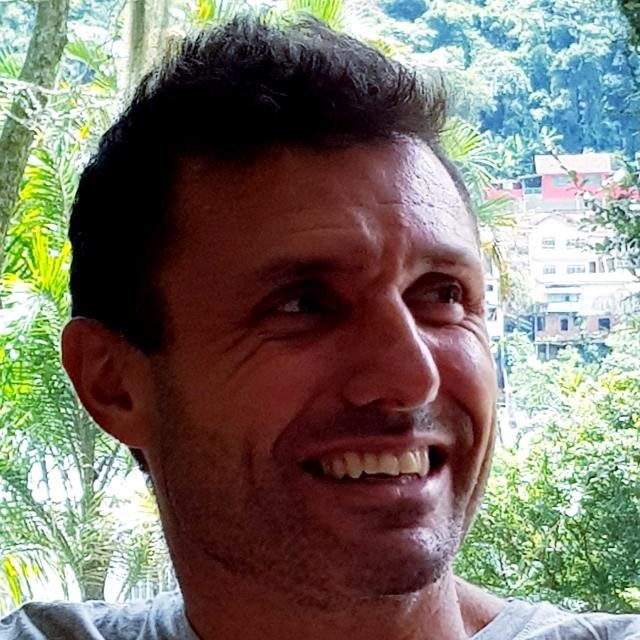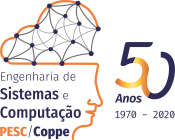Events Calendar
|
Wednesday, 14 August 2024, 11:00 - 1:00
Real-Life Computational Hemodynamics
D.Sc. Pablo Javier Blanco (LNCC/MCTI)
 |
Real-Life Computational Hemodynamics
D.Sc. Pablo Javier Blanco (LNCC/MCTI)
Lattes Pablo Javier Blanco aqui
Moderador: Prof. Frederico Jandre (PEB/COPPE/UFRJ)
Dia 14/08 (quarta-feira), 11 horas, Sala H-324B
Transmissão ao vivo no Canal do PESC no Youtube clique aqui |
Abstract:
Unveiling the role of the fundamental forces that drive human physiology and pathophysiology relies on a deep understanding of the wide range of biomechanical environments that the cardiovascular system is exposed to during our daily life, as well as of the complex interplay among circulatory phenomena taking place at different temporal and spatial scales. The lack of proper experimental settings to address questions involving wave propagation phenomena, cardiac-arterial coupling, or conditions such as hypertension, among others, established a favorable scenario for the development of systemic-scale mathematical models of circulation in the human body. While quite comprehensive lumped parameter representations have been proposed, the use of distributed parameter models (1D models) has been limited to studying the cardiovascular system under simplified physiological scenarios such as the resting state, the supine position, and occasionally disease conditions. When thinking of incrementing the realism of these cardiovascular 1D simulations, it is important to highlight that the impact of factors such as respiration, control mechanisms, gravity, and diverse physiological states (e.g., exercise or sleep conditions), has only been partially explored. Furthermore, it is noteworthy that such conditions pose several challenges that range from the model assembling process to the numerical solvers and their computational implementations. This talk aims to explore some of our latest advancements in the field of computational hemodynamics at the systemic scale exploiting an Anatomically Detailed Arterio-Venous Network 1D model (ADAVN model). Specifically, we will discuss the integration of highly detailed models of the cardiovascular system, the impact of respiration, and the simulation of blood flow in massive vascular networks, to account for microcirculatory environments.
Short Bio:
Engenheiro Eletromecânico (2003). Doutor em Modelagem Computacional (2009). Pesquisador Titular do Laboratório Nacional de Computação Científica (LNCC). Co-Fundador e Chief Research Officer de FLOUIT Inc.. Bolsista CNPq, nível 1B. Bolsista FAPERJ Cientista do nosso Estado. Membro Afiliado da Academia Brasileira de Ciências (2014-2018). Vice-coordenador do Instituto Nacional de Ciência e Tecnologia em Medicina Assistida por Computação Científica. Coordenador do Hemodynamics Modeling Laboratory. Membro do World Council of Biomechanics. Professor da Universidade Católica de Petrópolis. Publicou mais de 130 artigos científicos em periódicos internacionais e 1 livro. H-index=29/38 (scopus/googlescholar). Orientou 9 dissertações de mestrado e 9 teses de doutorado. Especialista em Mecânica dos Fluidos, Mecânica do Contínuo, Cálculo Variacional, Métodos Numéricos, Modelagem Matemática, Modelagem de Sistemas Multiescala, Aprendizado de Máquina, Modelagem do Sistema Cardiovascular Humano, Hemodinâmica Computacional, Análise e Processamento de Imagens Médicas.






